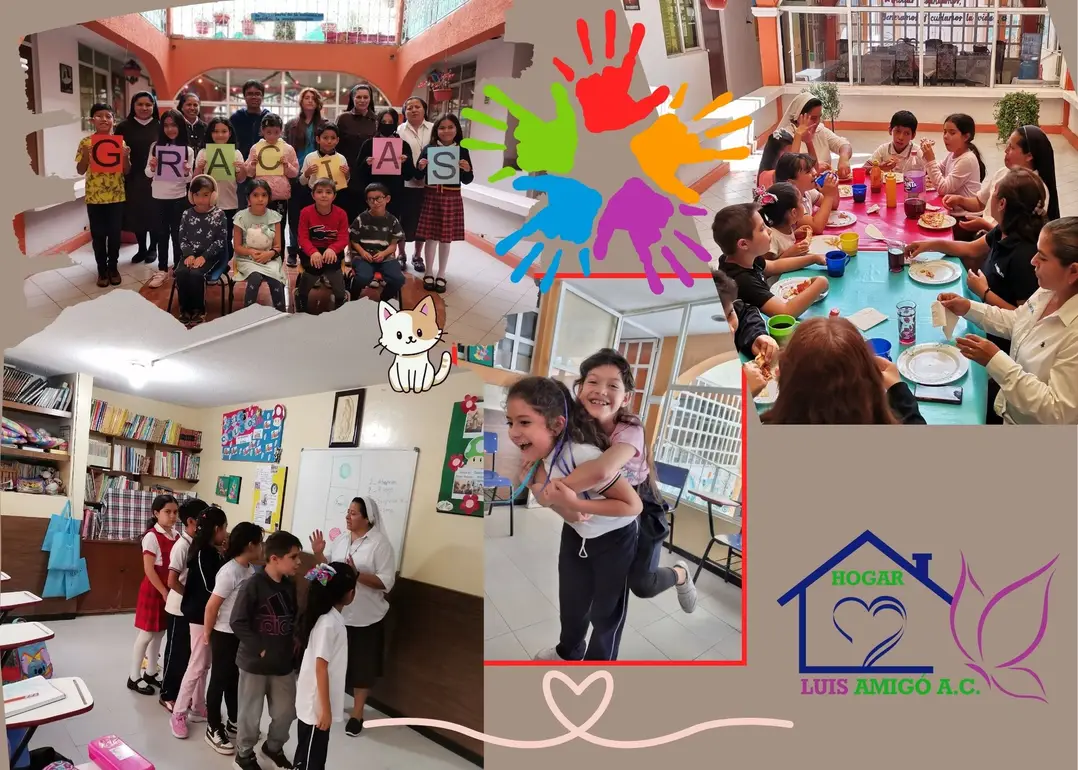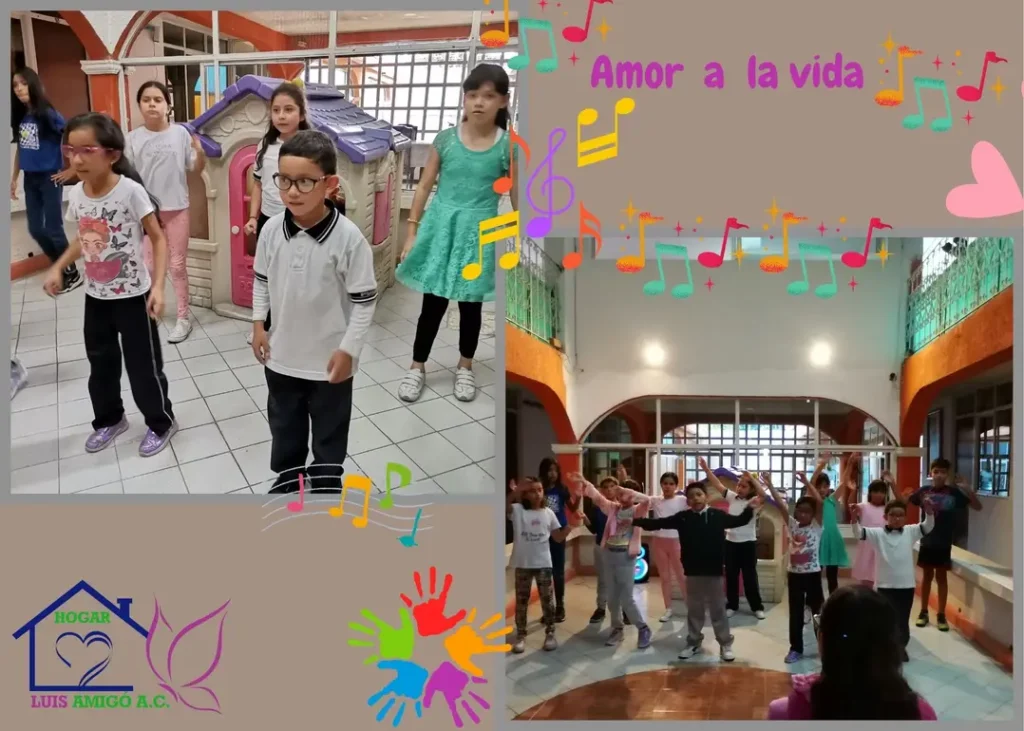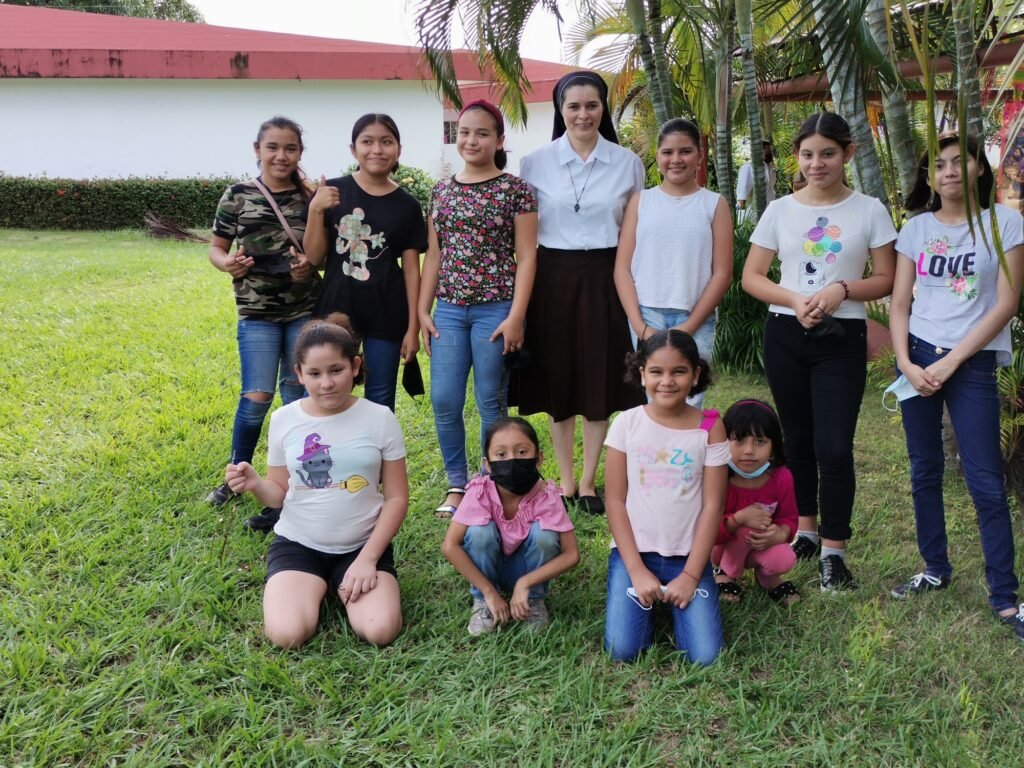KNOWING WHAT WE ARE TALKING ABOUT
From our charismatic origins, our visionary Father and Founder, moved by the Spirit, welcomed the Lord’s motion, as expressed in issue 86 of OCLA, “…. after the epidemic it was seen that many children were left without shelter because their parents had died, and moved with compassion I thought that we could take them in; and to that effect, I asked Mother Angela, who was still very weak, if she felt up to taking care of those children if we took them into a house; and, full of zeal and moved with charity, she offered to do so very willingly. I consulted the matter to the Boards of the Third Order, who approved it very willingly; and without wasting any time we rented the house called the Castle in Masamagrell to convert it into an Asylum where we could take in the orphaned children…”, this experience opens the way to one of the greatest apostolic works for the Capuchin Tertiaries, the ‘Protection and Reeducation’ of children and adolescents at high social risk.
Luis Amigó, foreseeing the situation of helplessness of children at that time, looked for alternatives to protect, welcome and keep children safe, anticipating and preventing adverse events that damage the physical, psychological and moral integrity of children, thus initiating the work of prevention. Our Homes are an alternative pastoral response in anticipation of safeguarding the rights of children and for those who have been victims of violence at a young age, our institutions become safe places by providing quality care from the culture of good treatment. The institution is made up of areas of human, spiritual, psychological, academic, medical care in collaboration with the interdisciplinary team with the method of Amigonian Pedagogy, a preventive method, “reflective for the solution of difficulties through a dialogical system, fraternal correction, participation, construction of knowledge” which guarantees responsibility in the care of dignity.
WHAT IS A SAFE ENVIRONMENT SYSTEM?
Good practices in institutions in favor of protection must cultivate safety in environmental spaces and in personal circumstances in which there is an opportunity to reduce or avoid actions that threaten the dignity or life of a person. For this it is necessary to take measures, to create strategies that guarantee the integrity and the personal and common care of all children. Among these actions, it is urgent to include good treatment in all environments as a transversal line, which is systemic and integrally encompasses the family, religious, social, cultural, labor and institutional spheres.
In the context of children’s homes, potential strategies for prevention and protection would be the guarantee of safe spaces such as:
– PREVENTION AND ACTION PROTOCOL FOR CHILDREN
IN SITUATION OF VULNERABILITY: a guide to follow in order to deal with solve risk situations inside or outside the institution.
– CONTINUOUS TRAINING: in which tools are acquired to update and learn about to update and learn strategies in the preventive field.
– The SINODALITY perspective in the common good, where we all have something to contribute, in co-responsibility we all have something to contribute, in co-responsibility.
– NETWORKING articulation of work groups as support and contact with other institutions that promote and contact with other institutions that promote the integral protection of children and adolescents.
– EVALUATION” as a practice of continuous improvement with the collaborators with the collaborators, in order to eradicate risk factors and promote protective protective factors in the environment.
In this way, it is confirmed that the environment is safe and protective when children and adolescents develop all their capacities in a healthy and harmonious way, and feel happy and at ease in the institution.
Sr. Priscila Brenes Granados






